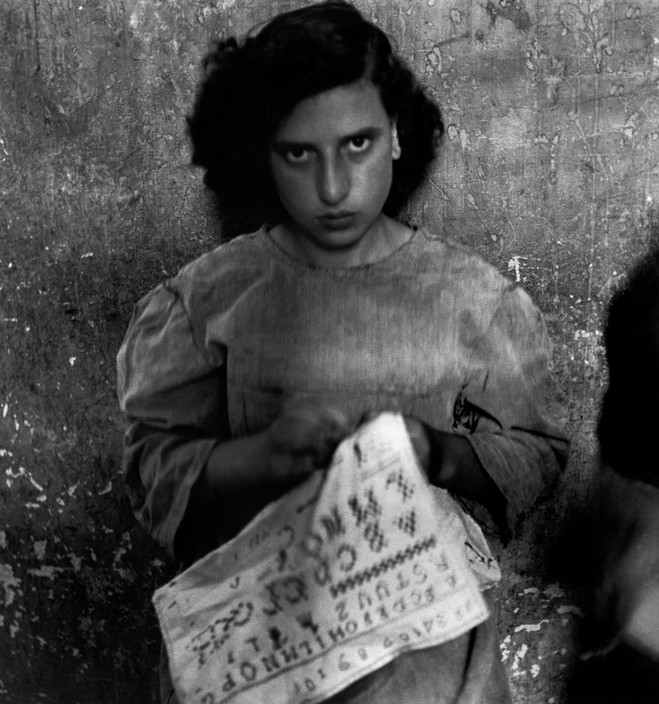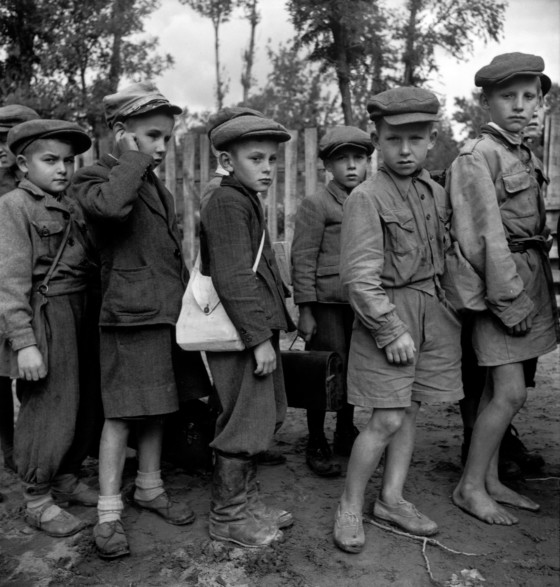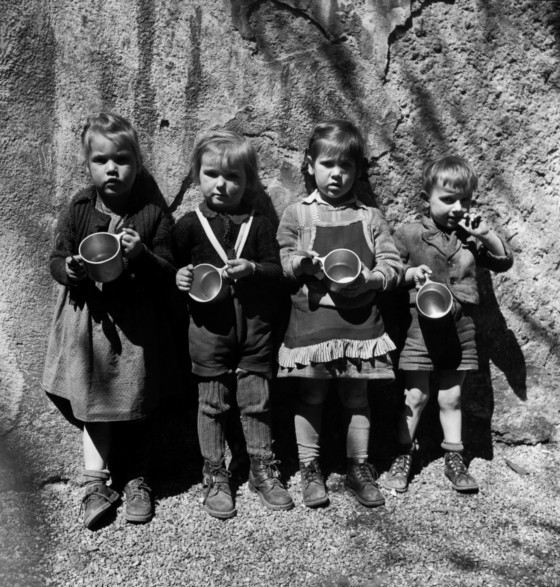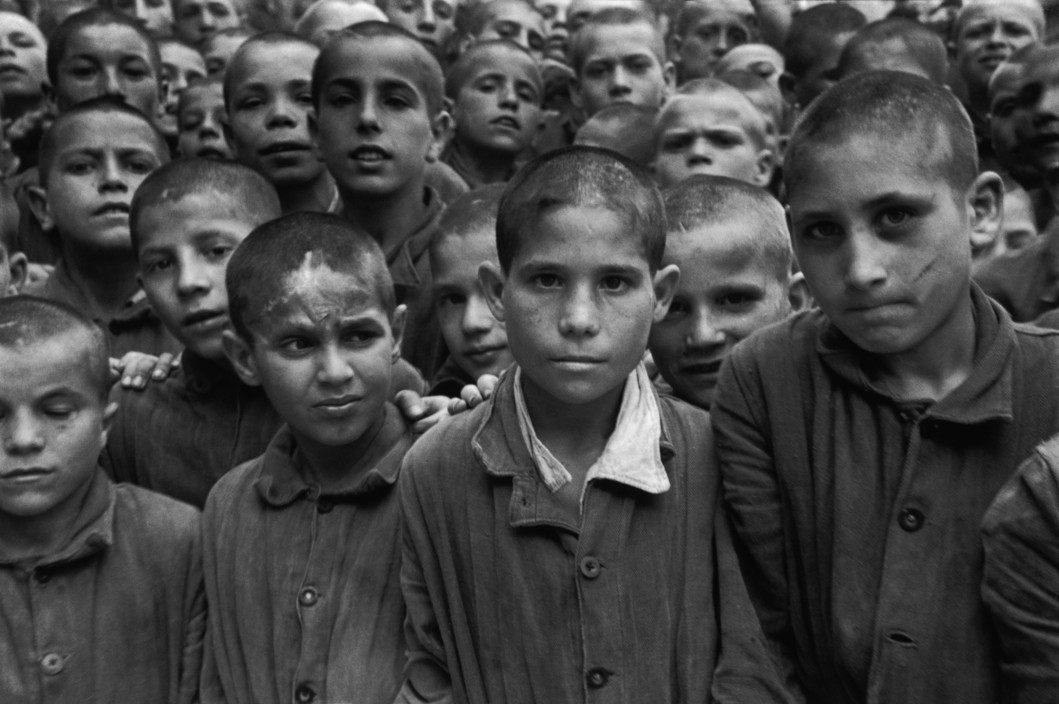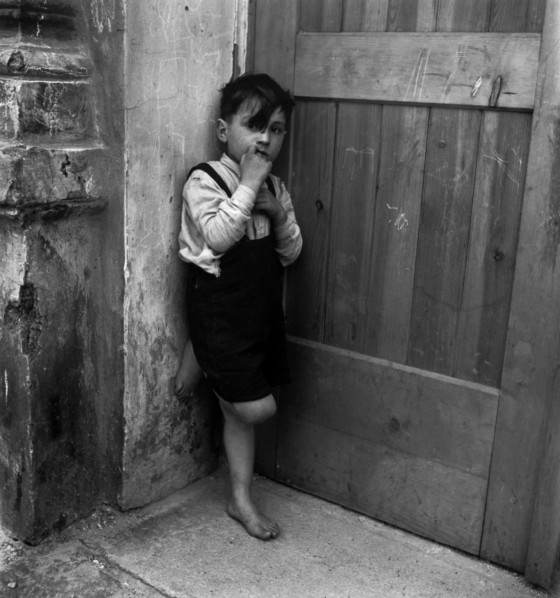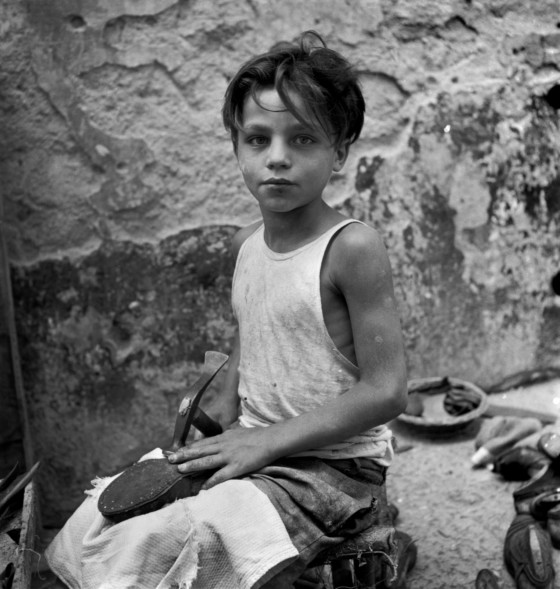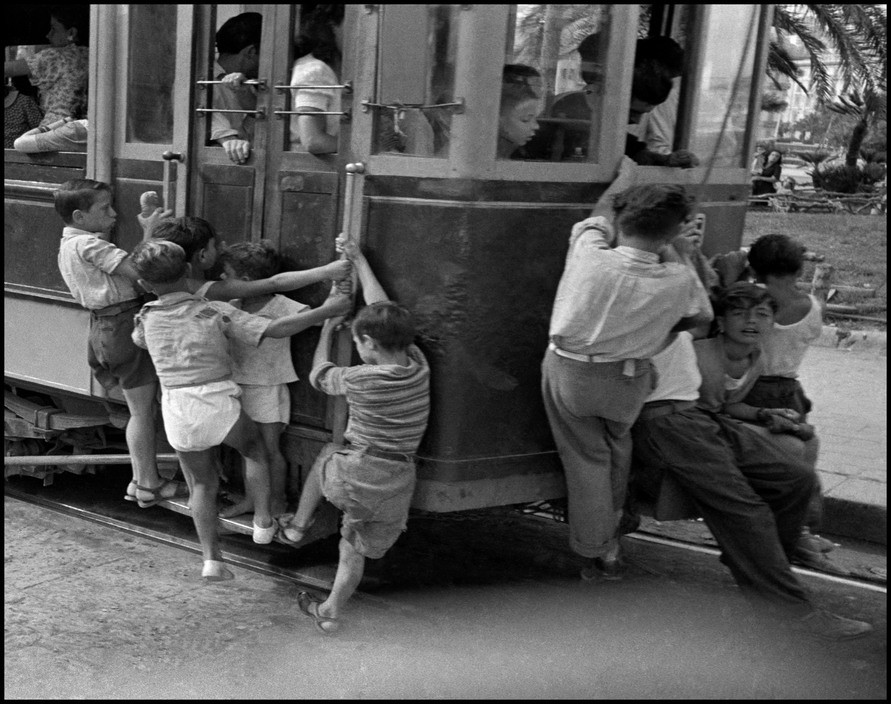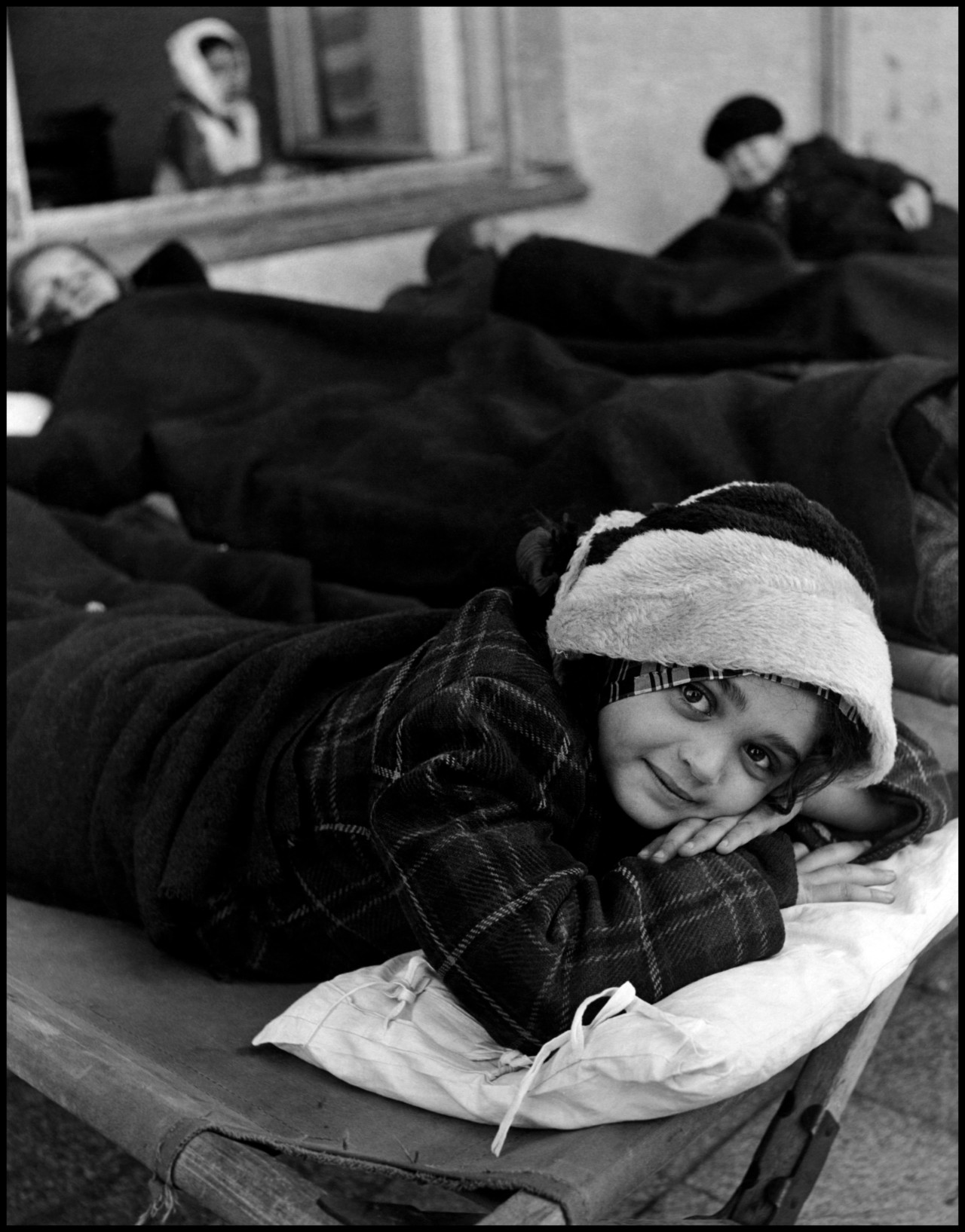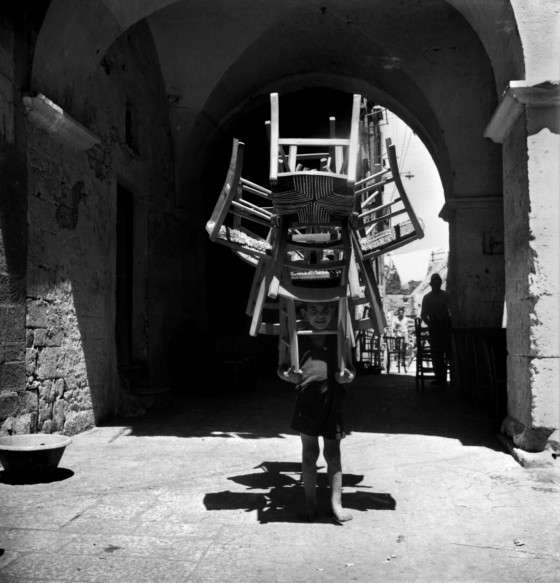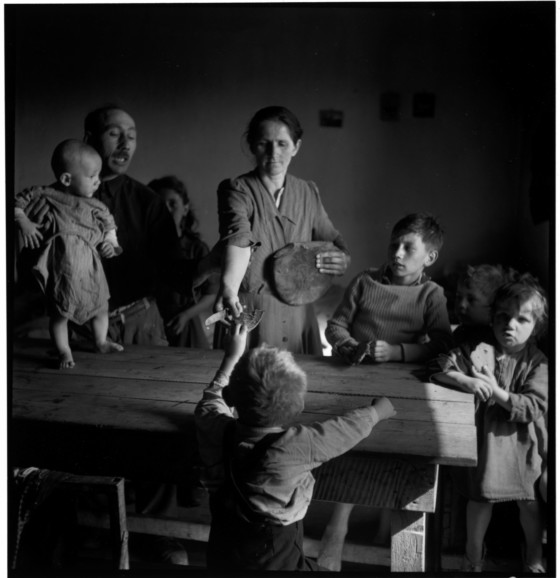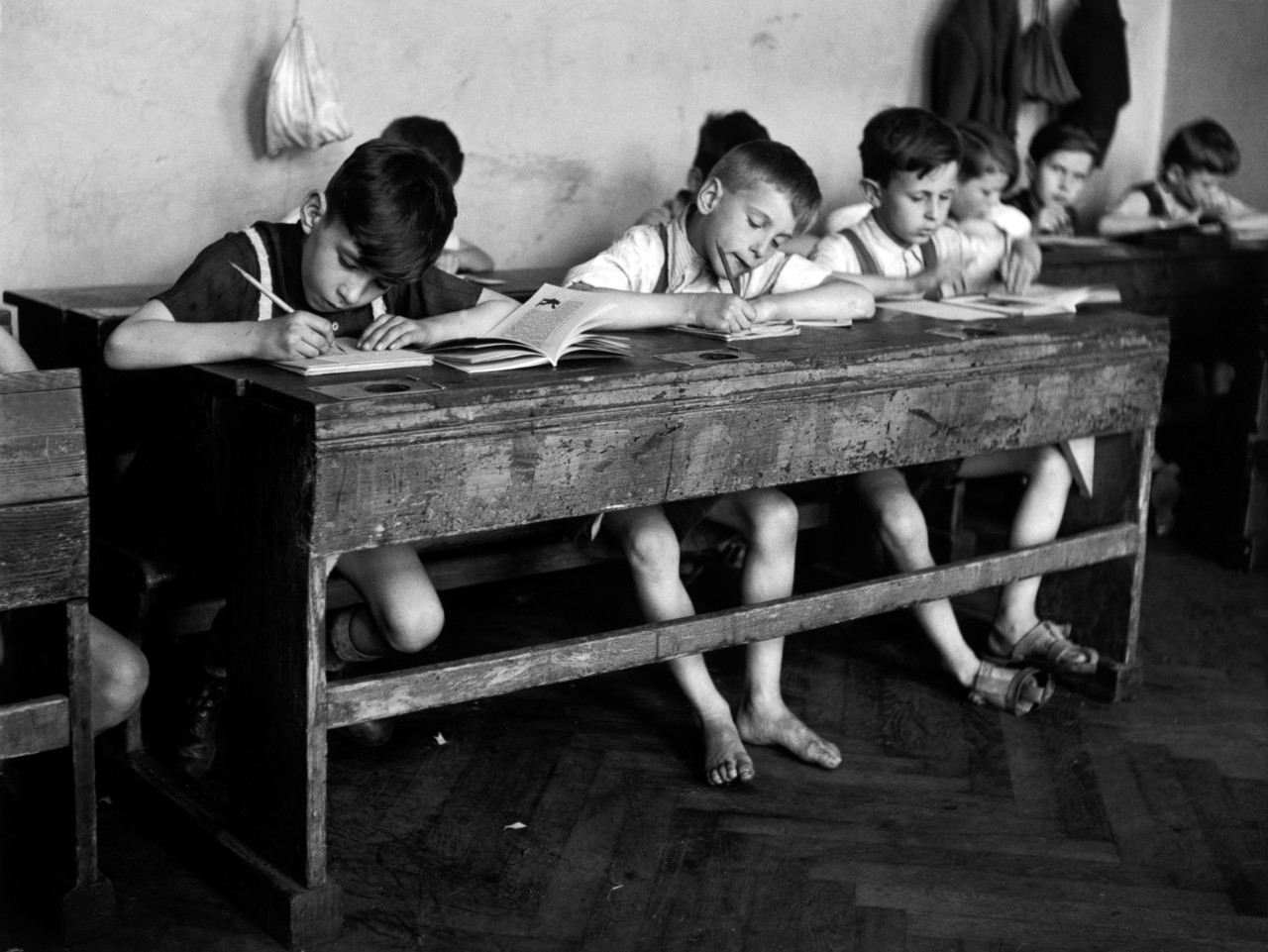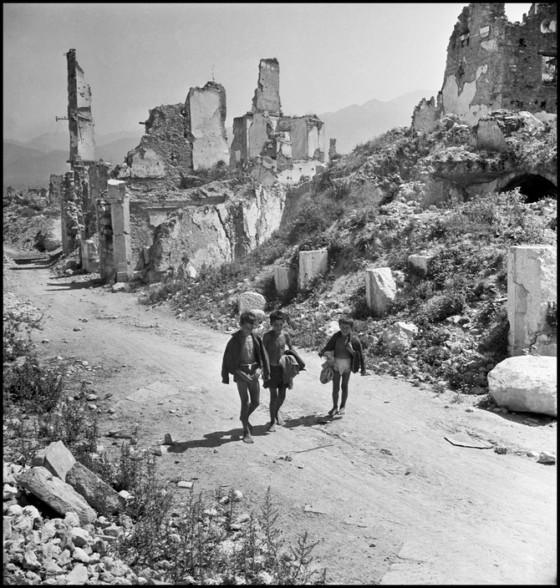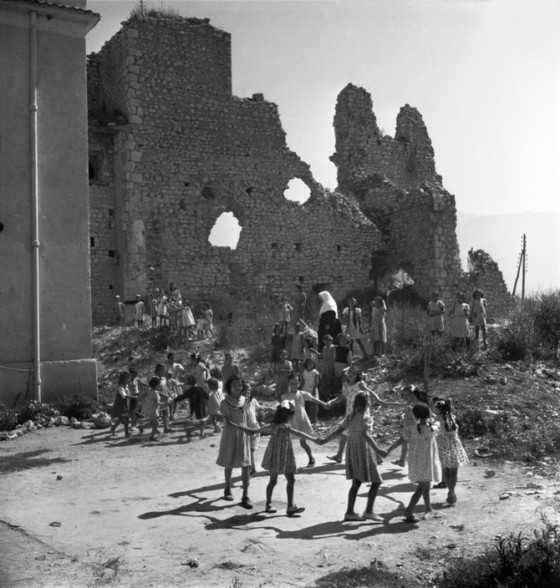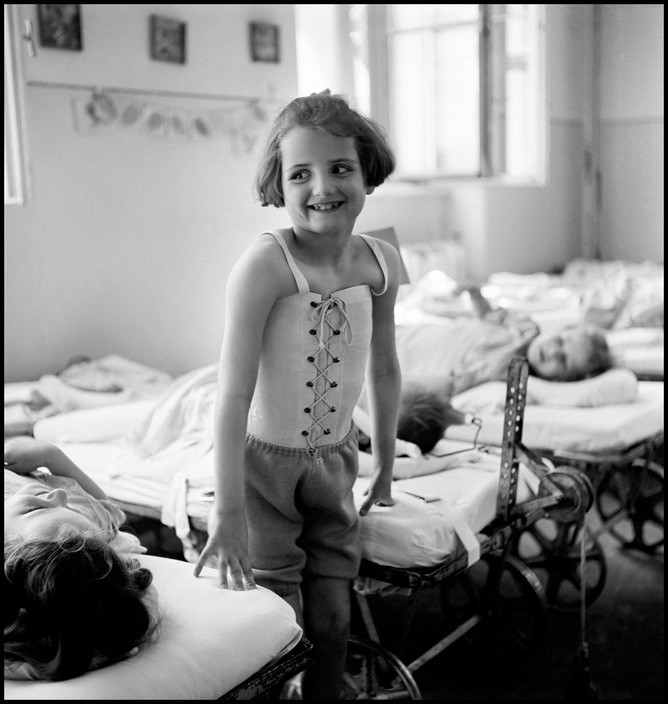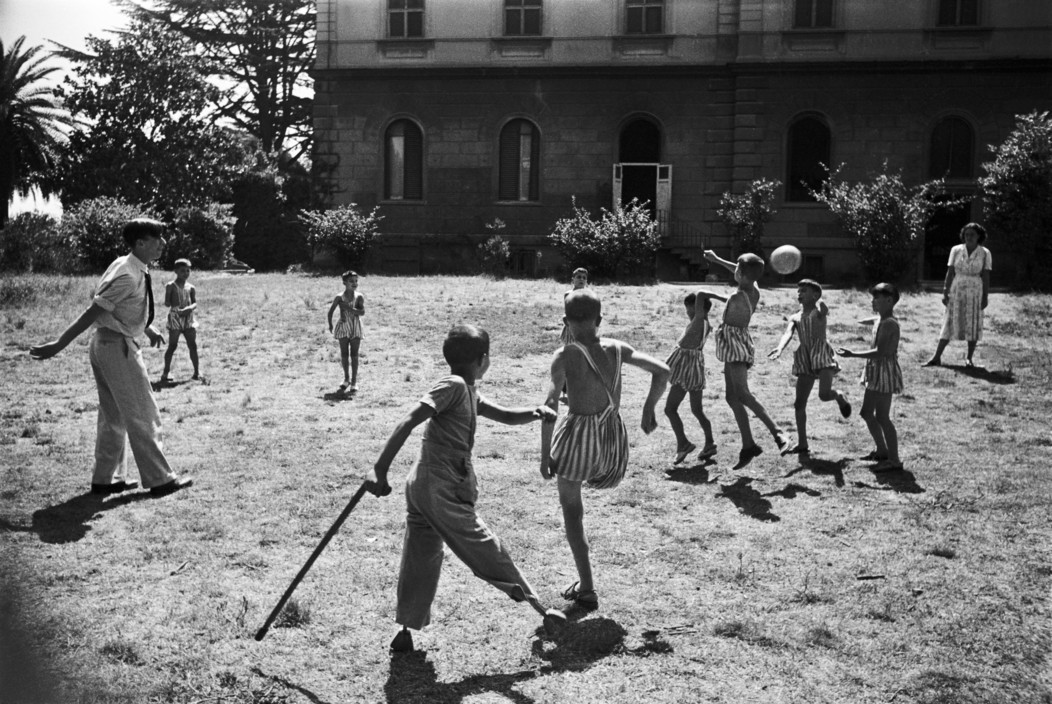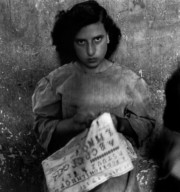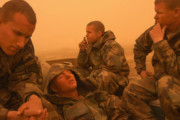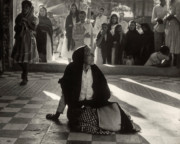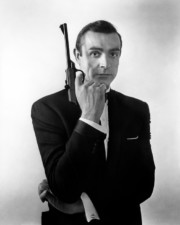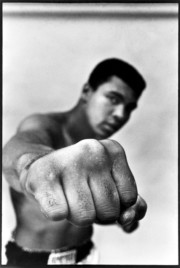Children of Europe
David Seymour's post-war document brings focus to the children affected in the aftermath of the Second World War and documents their attempts to regain their childhood
“I would like to speak a little about myself, but mainly about the 13,000,000 abandoned children in Europe who had their first experience of life in an atmosphere of death and destruction, and who passed their first years in underground shelters, bombed streets, ghettoes set on fire, refugee trains and concentration camps,” reads the introductory text to Children of Europe, the poignant book by Magnum co-founder David ‘Chim’ Seymour, whose images are presented here, along with his original captions.
Written as a “Letter to a Grownup”, this eight-page introduction details the suffering endured by a whole generation who grew up during the war, from the perspective of a child survivor. Commissioned by the newly-founded UNICEF and UNESCO in the spring of 1948, through this text and Chim’s accompanying images, Children of Europe provides an insight into the extreme hardship experienced by children across Europe and the efforts being made by these organizations to rehabilitate them.
For this seminal photo-essay, Chim journeyed across Europe for six months, documenting the ongoing plight of millions of children three years after the end of World War II. Accepting the small sum of $2,600 instead of his usual $100 day rate, Chim fully dedicated himself to the project, shooting a total of 257 rolls of film. Driving through five European countries – Austria, Greece, Italy, Hungary and Poland – he encountered children who had suffered severe mental and physical trauma. From survivors of the Nazi concentration camps and refugees long separated from their families, to victims of air-raids, rape, disease and malnutrition, Chim recorded for posterity the irreversible damage inflicted on a generation deprived of their childhood.
“I am not writing to you today out of resentment, although I could easily detest you – indeed I have done so more than once. There are excuses for my doing so, and I am sure you would agree with me if you knew what my life had been for ten years and the lives of millions of others who were children yesterday and who will be men and women tomorrow without ever having been ‘young’” reads the opening sentences of the book. A refugee of both world wars, Chim could relate on a personal level to the harsh realities of the individuals he was photographing and this sentiment undoubtedly resounded with him. His childhood too had in part been disrupted by the advent of World War I, which had forced his family to flee their home of Warsaw and, although a grown man when World War II began, the conflict claimed the lives of both his parents.
The images he captured for Children of Europe powerfully communicate the realities of children starved of their youth. One of the most chilling portraits is of Tereska, a young girl residing at a facility for disturbed children in Poland. The survivor of a German concentration camp, Tereska gazes out of the frame with a hollow stare that speaks of the inconceivable horrors she must have suffered. Behind her hangs a blackboard covered in an indiscernible scrawl, which Tereska drew after being asked to depict her home. A second image depicts another young girl, this time in a sanatorium for Jewish children with tuberculosis. Lying in a line of other minors on a make-shift camp bed, she too is pictured staring intensely into the camera. Taken in Otwock, Poland, the photograph carries additional significance as this was the town where Chim’s parents died, in 1942, at a ghetto established by the Germans.
Chim took up photography in 1933, after Europe’s political and economic upheavals prevented him from completing a science degree at the Sorbonne. He was soon working for the magazine Regards and it was his three-year documentation of the Spanish Civil War, beginning in 1936, for the publication, that cemented his reputation as an accomplished photojournalist. This body of work epitomizes the humanistic perspective that would become a dominant characteristic of his photography, particularly his series Children of Europe.
Evident throughout the book, this humanistic approach is especially apparent in its second half. Far from only presenting these children through a lens of pity, Chim communicates their strength and resilience through photographs that are more optimistic in tone. From a group pictured playing ball in the grounds of a home, to the candid shot of children climbing a bombed-out building, these images are emblematic of a determined attempt by people across Europe to reclaim a lost youth.
The book too acts as an enduring reminder of the horrors of war, with its final sentence warning society against allowing history to repeat itself. “We ourselves shall be ‘grown-ups’ in a few years and, if we then see that millions of us have been abandoned a second time, we certainly shall lose faith in that ideal for which you fought” asserts its child narrator. A haunting sentiment, which resonates more strongly than ever today.
Explore more classic Magnum stories here.


